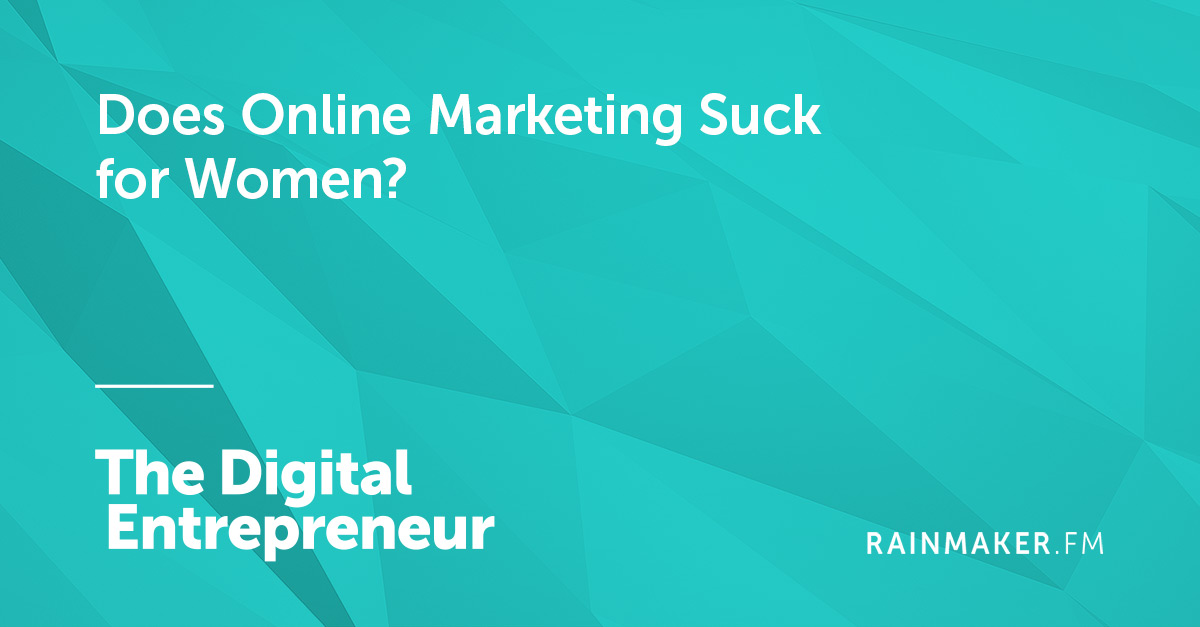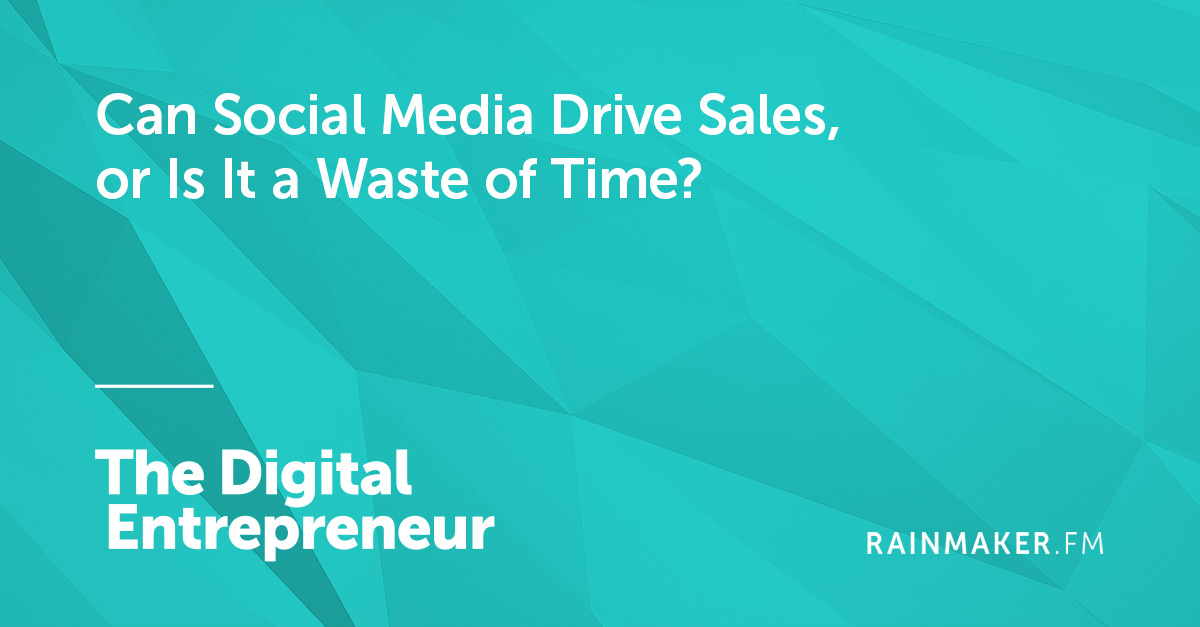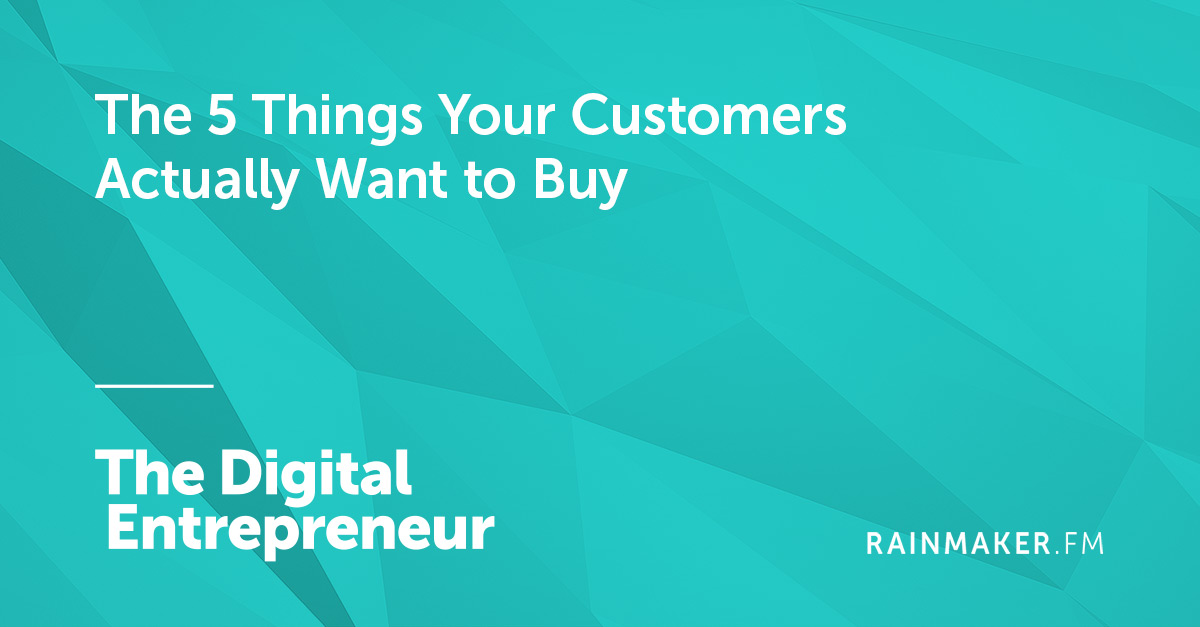Listen to PODCAST by The Recipe for SEO Success
We all know how important our landing pages are. The internet is full of articles hacks and tips on how to create a super smooth funnel, killer Calls to Action and they all promise that if we get our landing optimisation right – we’ll be winner customers faster than a well oiled otter sliding down a pipe.
But how does landing page optimisation relate to SEO and what are the really important things we need to be thinking about when we optimise our pages.
Today I’m talking to Arnout an online marketeer from Amsterdam into SEO, Analytics and Conversion – he’s an all round SEO and landing page optimisation whizz.
Tune in to learn:
- Anout’s definition of a landing page
- Does traffic from paid search perform the same way as traffic from organic search
- The 3 essential ingredients for a tasty landing page
- The best colour and copy for a Call to Action button
- Whether it’s a good idea to remove navigation from our landing pages
- How can we assess our landing page’s performance
- Common landing page mistakes
- Average conversion rates
- And much much more
www.therecipeforseosuccess.com
https://therecipeforseosuccess.libsyn.com/landing-pages-how-to-optimise-your-landing-pages-to-drive-more-revenue



